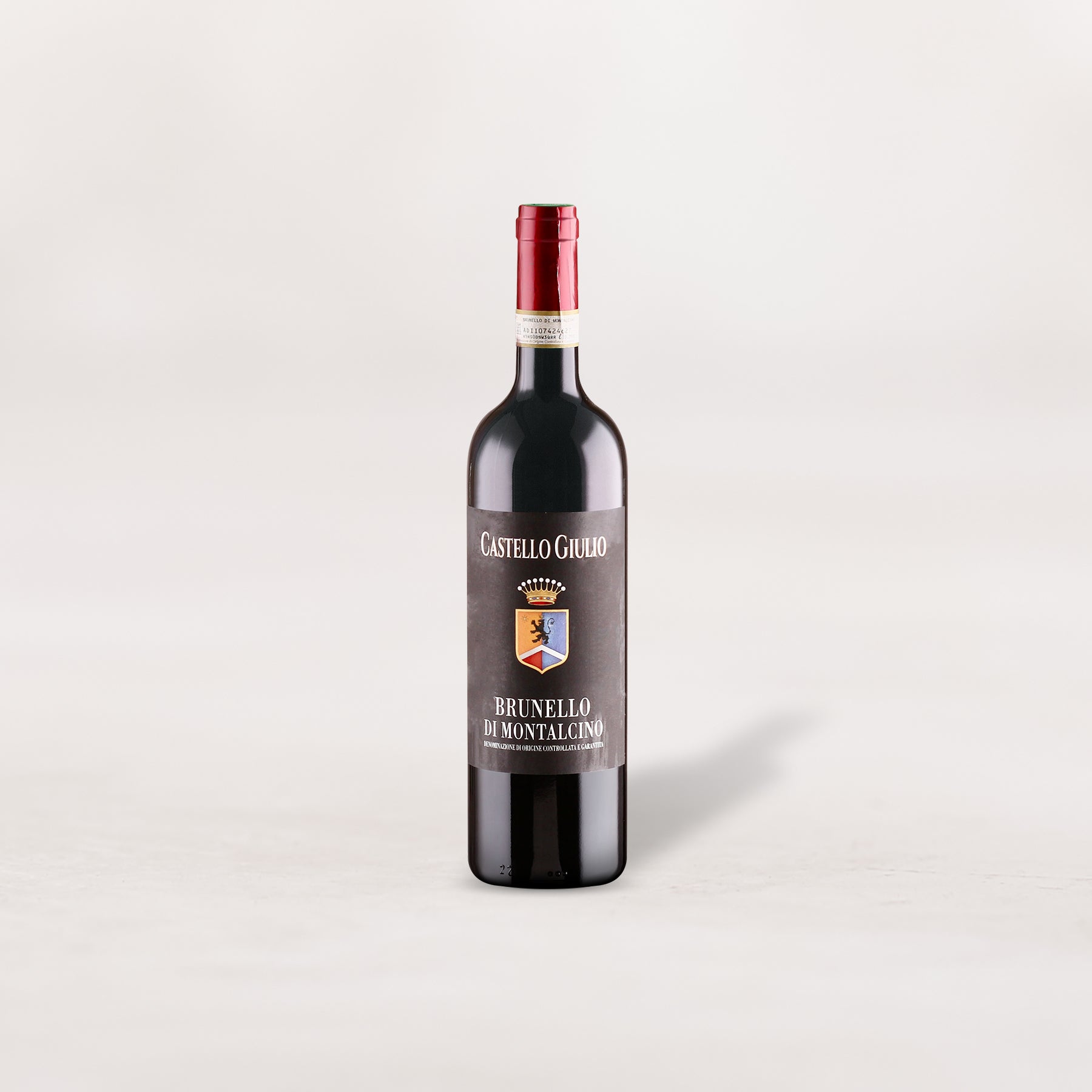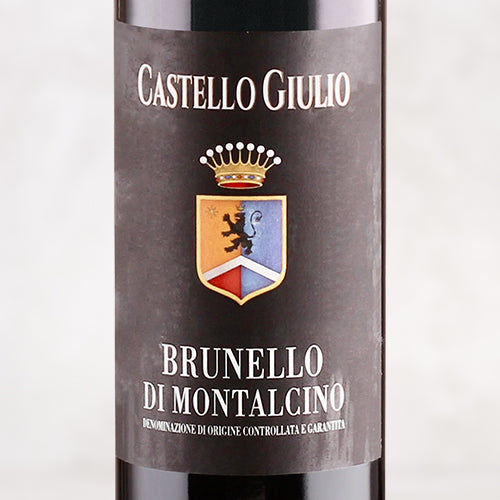Wine is one of the few things that humans make for consumption that also has direct links to the past. It’s one of the many reasons so much of us think of wine as way more than just another “alcoholic beverage.” Occasionally it can offer a rare opportunity to literally drink history–how cool is that! Of course the wine needs to be delicious too, and that’s exactly what we have for you today. País is what the Chileans call the grape that Hernan Cortés first introduced to the Americas in the early 1500s, and it is still widely planted in Chile’s Bio Bio Valley. In the hands of talented and dedicated winemakers, like those at Lomgaví, it produces a super lively, medium-bodied red wine that has both fresh drinkability and complexity. Oh, and it is a tremendous value. Grab a bottle or six and you can enjoy a sumptuous taste of history!
Grapevines have existed in the Western Hemisphere for eons, but the specific family of vines that humans have cultivated for wine going back thousands of years–named vitis vinifera–were first introduced by Spanish missionaries in the 16th century, planting vines for winemaking throughout Argentina, California, and our focus today: Chile. The grape they planted most widely was País, and this remained Chile’s most important wine grape until just a few decades ago. The origins of País have been a bit of mystery for a long time, but the established scholarship is now firmly in the camp of it being genetically the same as what they call “Mission” here in California, what was long ago referred to as “black wine grape,” and what is now almost certainly a series of clonal variations on Listan Negro–the most important red grape in the Canary Islands. It adds up, as you can trace those early explorers routes from Spain and Portugal through the eastern Atlantic and then across to Central and South America.
Today much of Chile’s wine regions are dominated by international varieties like Cabernet, Merlot, and Sauvignon Blanc. But there are still heritage vines of País throughout the country, and if you know where to look you can find pristine examples of this historic grape. Julio Bouchon knows exactly where to look. He is a fourth generation winemaker whose ancestors came to Chile from France around the turn of the 20th Century. Julio sources old, dry farmed bush vines of País in the Bio Bio Valley, and along with his winemaking and business partner David Nieuwoudt (owner of Cederberg Winery in South Africa) he crafts an exuberant, fresh, and mineral driven red wine that I can imagine isn’t too different from what Spanish colonists and missionaries would have been drinking 500 years ago.
Those old, bush vines necessitate hand-harvesting, after which the bunches are de-stemmed, macerated for three days, and then fermented in steel tanks for around 14 days. The finished wine is racked into neutral French oak foudre, and aged there for four months before bottling. Serve “Glup” at a cool 55-60 degrees in Burgundy stems and you’ll enjoy a dusty, garnet hued red wine that is bursting with wild strawberries, brambleberries, blood orange, rose petals, and a core of stony, graphite minerals that clearly shows the relationship between País and the Listan Negro wines of the Canary Islands. It’s a perfect wine for any and all types of barbecue, but if you want to get super traditional you can put together a Chilean lamb asados party–now that is a great way to celebrate the past, present and future!










